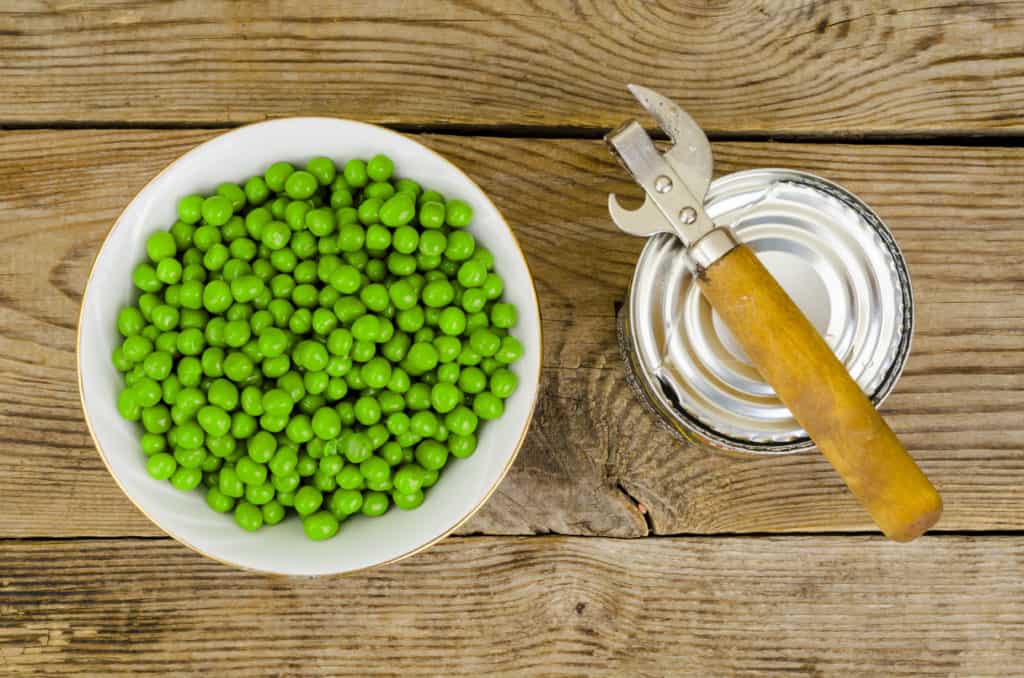
Canned vegetables are budget-friendly, convenient, and can be a great source of nutrients. They are certainly worthy of their proverbial moment in the sun on the Guiding Stars blog. (To extend shelf life, be sure to store them in a cool, clean and dry place.) Believe it or not, though, many canned vegetables do not earn Guiding Stars.
Guiding Stars helps shoppers easily choose foods with the most nutrition. Even while shopping for vegetables. We put one star next to foods with good nutrition, two stars next to foods with better nutrition, and three stars next to foods with best nutrition. In this edition of Surprising Stars we will explain why there are fewer star-earning canned vegetables than shoppers might expect.
Where are all the stars?
As you shop the canned vegetables section of a grocery store with Guiding Stars, you will notice a lack of star-rating tags. This indicates that products without them likely do not earn Guiding Stars. This is because the program takes a positive approach to nutrition guidance. When a product’s nutrition does not meet the threshold for Guiding Stars, it is left unlabeled by the program.
Canned vegetables that do not earn Guiding Stars likely contain significant sources of added sodium and added sugar. While the vegetables earn points in the Guiding Stars algorithm for vitamins, minerals, and dietary fiber, that’s offset by negative points for added salt and sugar. This makes them a less nutritious choice overall, which shows in our ratings.
The most nutritious canned vegetables items have no added salt or sugar. Their ingredients list consists of just the vegetable and water. In this form, they earn the same number of Guiding Stars as their fresh and frozen counterparts. If no-salt-added versions are unavailable, low-sodium choices are usually the next highest rated by Guiding Stars.
Star-earning options only?
According to the CDC, only 10% of adults get enough fruits and vegetables. Canned vegetables are not on the CDC’s list of the top 10 sources of sodium either. If you already have canned vegetables in your pantry that do not earn Guiding Stars, there is no need to waste them. Also, no-salt-added and low-sodium versions of canned vegetables are not always available. This changes depending on where people shop and what their budget is.
If you’re using vegetables that were canned in salt, drain the can and rinse the foods under water. Adjust your preparation of the vegetables to account for the extra salt. For instance, you could either use a no-salt-added broth in your soup or reduce the amount of salt if your recipe calls for it.